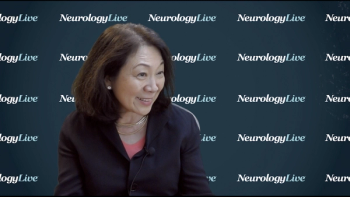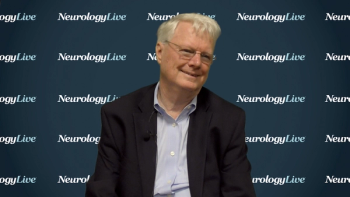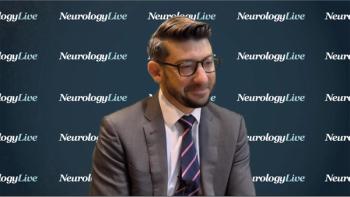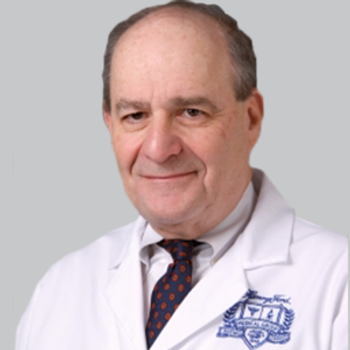
Data presented at SLEEP 2021 also showed the treatment was associated with significant weight loss and reduction in BMI compared to placebo.

Data presented at SLEEP 2021 also showed the treatment was associated with significant weight loss and reduction in BMI compared to placebo.

Despite previous literature documenting cardiovascular disease comorbidity in patients with narcolepsy, pitolisant treatment did not demonstrate any cardiac safety signals.

The FDA-approved agent showed significant impact in decreasing standard deviation of lateral position, a measure used to assess driving performance.

Pooled data from 2 clinical trials of the H3-receptor antagonist/inverse agonist show it improved cataplexy and excessive daytime sleepiness in patients with narcolepsy who were most hampered by symptoms.

Already FDA approved for the treatment of insomnia in adults, lemborexant’s ability to improve sleep outcomes in the elderly was highlighted in a study presented at SLEEP 2020.

Benefit from lemborexant was evident after 1 month of switching from placebo to the active treatment and was sustained through the entirety of the 12-month trial.

Multiple abstracts at SLEEP 2020 show CBT-I’s success in aiding women with insomnia, including those going through pregnancy, and those who are veterans both with and without PTSD.

The director of the center for circadian and sleep medicine at Northwestern University spoke about the importance of recognizing insomnia as a clinical diagnosis since it affects patients 24-hours a day, not just during sleep.

All told, every patient with RLS in the study had SIBO present, in comparison to general population rates which range from roughly 6% to greater than 15%.

Use of prescription antidepressants and hypnotics was significantly reduced in patients who underwent digital cognitive behavioral therapy for insomnia.

The director of the Sleep-Wake Disorders Center at Montefiore Medical Center spoke about the challenges in diagnosing narcolepsy, which often adds to the delay of diagnosis.

Investigators noted that, when considered with efficacy findings in narcolepsy, pitolisant has a favorable risk-benefit profile representative of advancement in the treatment of excessive daytime sleepiness and cataplexy in adult patients.

The autonomic disorders and sleep medicine specialist at Stanford University spoke about the overlap of autonomic disorders in sleep medicine, an often underrepresented portion of the sleep medicine field.

The findings suggest that the benefits of CPAP adherence may translate beyond improving obstructive sleep apnea in older adults with mild cognitive impairment.

The investigational dual-orexin antagonist from Eisai was significantly better at reducing Insomnia Severity Index-measured symptom severity in more than 1000 adults with insomnia in 2 phase 3 studies.

The efficacy of CBT using the American Academy of Sleep Medicine (AASM) SleepTM platform has been shown to be similarly efficacious to face-to-face physician encounters in 30 adults with chronic insomnia.

A significant risk for cognitive impairment was observed in adults with short sleep duration and cardiometabolic risk factors, such as hypertension or diabetes.